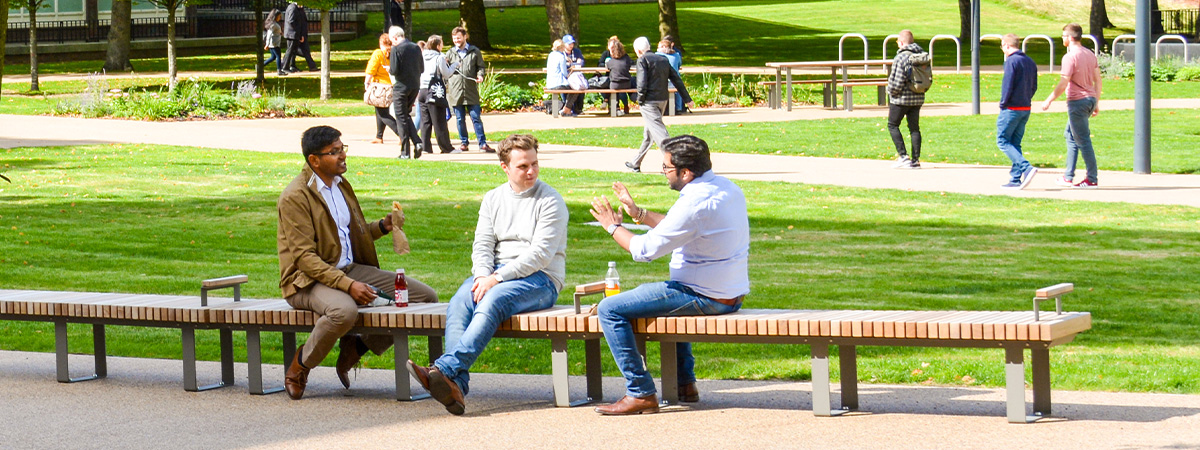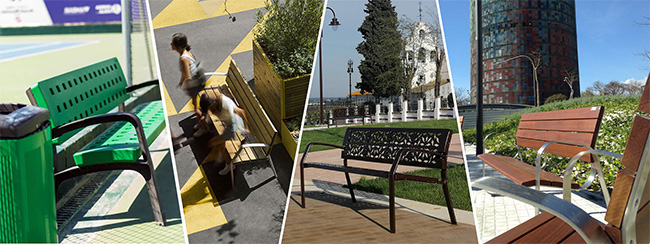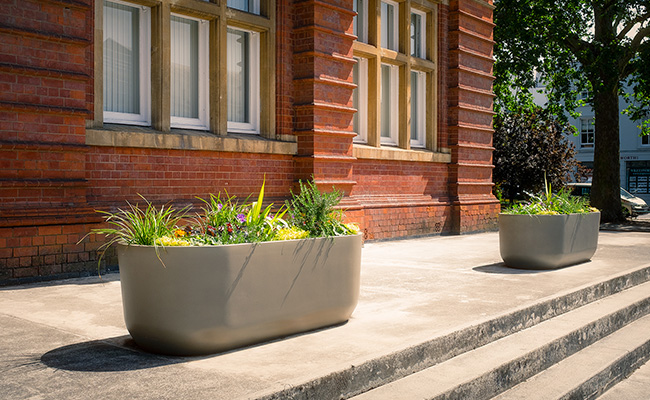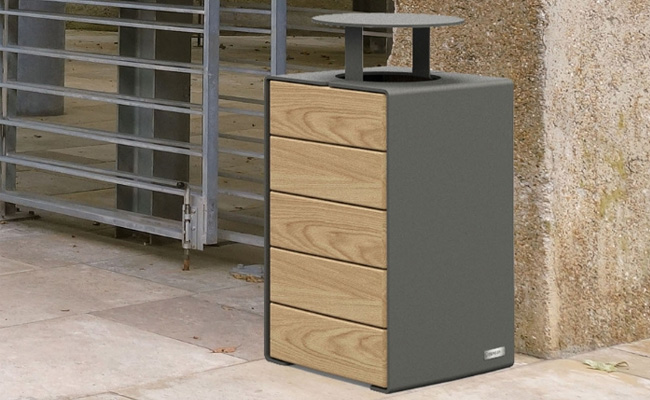
Social connections in outdoor spaces and how they influence street furniture
Posted on 3rd May 2022

According to the UK Government's Trend Deck on Urbanisation (2021), the greatest rate of population increase within England was found in urban areas - a 6.2% increase between 2011 and 2019. A total of 56.3 million people lived in urban areas, which makes up 82.9% of England’s population.
With this in mind, it is clear to see where the focus lies in helping communities come together to build relationships and live harmoniously.
Architects and city planners are designing urban areas more and more around community-led initiatives e.g. public spaces for people to socialise and enjoy the surroundings. This shift in design philosophy requires an increasing usage of street furniture.
But how do social attitudes and trends affect the design and specification of street furniture?
What are social connections?
Wikipedia describe social connection as "the experience of feeling close and connected to others." (https://en.wikipedia.org/wiki/Social_connection) It is understood to be a core human need and crucial for the development of our race.
With this in mind, and given that nearly 83% of England's population lives in an urban area, the role of street furniture within towns and cities is critical in harnessing humans' innate desires to connect with each.
How do social connections affect street furniture?
There are three key principles in how social connections affect street furniture specification within urban areas:
Increased social connections and community spirit
If street furniture is properly integrated into the design of public space, it creates an identity and develops a sense of place around it which helps to develop increased social connections.

Benches and seats are a simple yet effective way to enhance public spaces and cultivate community spirit. When they're carefully placed within towns or cities it creates a designated area for people to sit down, socialise, and connect with others.
Contractors and urban planners should also consider other street furniture options to further enhance these social areas. Planters and trees (which involves the use of tree protection e.g. guard rails, grills or even benches that surround a tree) are fantastic ways to improve social spaces aesthetically and functionally, and will entice more people to the area.
This takes us on nicely to the next principle of how social connections affect street furniture specification.
Encourages people to go outside and engage with the environment
The benefits of being outside are significant for humans. Factors such as improved mood, reduced anxiety and stress, increased physical health and improved confidence and self-esteem, are all evident when we spend time outdoors.

So when we are outside and enjoying the benefits mentioned above, we are more likely to benefit from social connections and engage with the environment. As a result, contractors and town planners should consider carefully placing carefully-chosen street furniture in specific areas within a town or city.
Planters and trees help soften an urban landscape and provide talking points for nearby people to engage with, while sitting on carefully positioned benches and seating.

Litter bins are also an important consideration as they help to keep areas clean and enticing for people to use. They also help to create a sense of responsibility among nearby people who want to keep the area clean, which makes them feel good and improves their connection with others and the environment.
Reduced anti-social behaviour
The third and final principle in how social connections affect the design and usage of street furniture relates to the deterrent of anti-social behaviour. Contractors should bear in mind what forms of street furniture should be used, as well as material selection.
So furniture like bike shelters, lockers, tree protection railings and litter bins should be considered to protect the local environment and help people feel safe, and deter any anti-social behaviour.
The choice of materials of the street furniture is another important consideration, where certain materials and constructions e.g. stainless steel, can often deter vandals. And even if they do strike then cleaning and repairing is straightforward and cost-effective.
Final thoughts
Construction professionals view the role of street furniture more and more as creating an ‘experience’ rather than just providing a simple function within a town or city.
Social connections serve to influence not only the design of street furniture but its placement as well within urban areas. So factors such as material selection, design and placement all combine to harness humans' innate need to connect with others.
This piece was written for Street Furniture Direct as part of the Bailey Street Furniture Group.
If you are working on a project that requires street furniture, Street Furniture Direct offer a straightforward and down-to-earth approach helps contractors find the piece of street furniture quickly and easily, meaning you spend more time carrying out the building work.
Contact the team on 01625 879 442, email enquiries@streetfurnituredirect.co.uk or view their range of street furniture, bollards, cycle parking, shelters or lockers.








